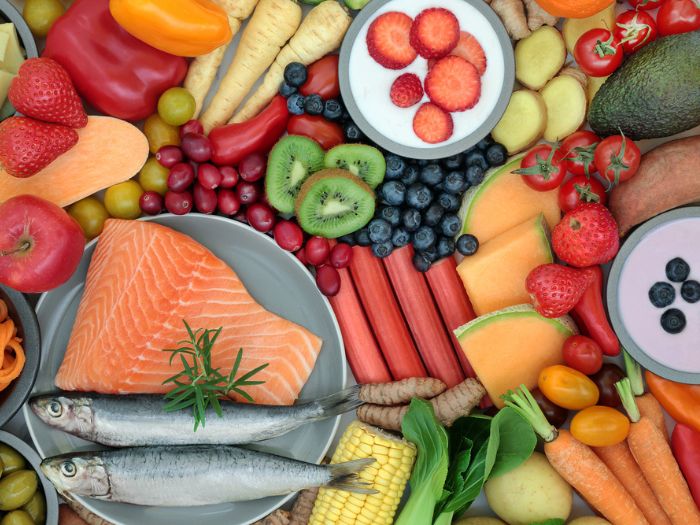Living with IBS often means dealing with bloating, gas, abdominal pain, and unpredictable bowel habits. One of the most effective natural approaches is following a Low-FODMAP diet for IBS relief. This eating plan limits certain carbohydrates that are poorly absorbed in the gut, reducing irritation and discomfort. By learning which foods trigger symptoms and replacing them with gut-friendly options, you can experience better digestion, improved energy, and a more balanced lifestyle.

What is a Low-FODMAP Diet?
A Low-FODMAP diet eliminates foods that ferment quickly in the intestines, creating gas and bloating. FODMAPs are short-chain carbohydrates found in foods like wheat, beans, onions, and dairy. When these carbs stay unabsorbed, they draw water into the gut and cause discomfort. This diet is not about deprivation but about substitution. You can still enjoy balanced meals while avoiding high-trigger foods. Following the plan for a few weeks allows you to identify your personal triggers and restore comfort in your daily routine.
Why It Works for IBS
The Low-FODMAP diet for IBS relief works because it reduces fermentation in the intestines. People with irritable bowel syndrome have sensitive guts that react strongly to gas and fluid buildup. By reducing these specific carbs, the stomach feels lighter, cramping decreases, and bowel movements stabilize. Unlike medications that only mask symptoms, this approach addresses the root cause by managing diet directly. The result is fewer flare-ups, better digestion, and more freedom to enjoy daily activities without constant worry about gut discomfort.

Foods to Avoid
Not all carbs are harmful, but some foods are common IBS triggers. High-FODMAP foods to limit include:
- Wheat, barley, rye
- Onions and garlic
- Apples, pears, and cherries
- Beans, lentils, and chickpeas
- Milk, yogurt, and soft cheeses
These foods contain sugars like fructose, lactose, and polyols, which ferment quickly. Removing them does not mean losing variety. Instead, it is about replacing them with better options. The key is to notice how your gut reacts. When you avoid these foods, you give your digestive system the chance to heal and reset naturally.
Foods You Can Enjoy
The Low-FODMAP diet offers many safe choices that keep meals satisfying. You can eat:
- Rice, oats, and quinoa
- Carrots, zucchini, and spinach
- Strawberries, blueberries, and oranges
- Chicken, fish, and eggs
- Hard cheeses and lactose-free milk
These foods digest more easily and reduce stress on the intestines. They provide essential nutrients while keeping symptoms under control. By creating colorful, balanced plates with these ingredients, you do not feel restricted. Instead, you enjoy food while supporting your gut health and finding natural IBS relief.
Step-by-Step Approach
The Low-FODMAP diet for IBS relief works best in three stages: elimination, reintroduction, and personalization. First, remove high-FODMAP foods for four to six weeks. Next, reintroduce one food group at a time to observe reactions. Finally, personalize your diet by keeping tolerated foods and avoiding triggers. This method helps you discover your unique sensitivities instead of guessing. Tracking symptoms in a journal makes it easier to see patterns. Over time, this approach empowers you to control IBS with confidence.
/assets/images/provider/photos/2466342.jpg)
Lifestyle Tips for IBS Relief
Food is only one part of managing IBS. Stress, lack of sleep, and inactivity make symptoms worse. Gentle exercise like walking or yoga improves gut motility. Deep breathing and relaxation techniques reduce stress hormones that affect digestion. Staying hydrated supports smoother bowel movements. Combining these habits with a Low-FODMAP diet strengthens gut health. Together, diet and lifestyle create long-term relief, reducing the daily burden of IBS symptoms and supporting overall well-being.
